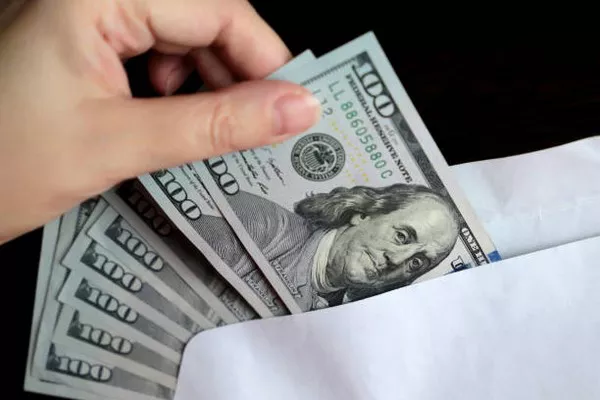In the world of numismatics, the study and collection of currency, certain pieces hold a particular allure due to their rarity, historical significance, or unique features. Among these, the $2 bill stands out as a curiosity, often sparking interest and questions regarding its value. The 2013 series of $2 bills, though relatively recent, carries its own intrigue within the realm of currency enthusiasts. Delving into the factors that influence its worth requires an exploration of its history, production, and market demand.
Historical Context:
The $2 bill has a storied past in American currency, dating back to the late 18th century. Initially introduced in 1862, it underwent several design changes and printing hiatuses before its current incarnation. While once more common, its circulation diminished over time due to various factors, including misconceptions about its legality and limited use in transactions.
Production and Distribution:
In 2013, the United States Treasury Department printed the $2 bill as part of its ongoing currency production. However, unlike more frequently circulated denominations such as the $1 or $20 bill, the $2 bill sees limited printing. The Bureau of Engraving and Printing (BEP) typically releases new $2 bills in small quantities, primarily for collectors rather than for general circulation.
Collectibility Factors:
Several factors contribute to the collectibility and potential value of a 2013 $2 bill:
Condition: As with any collectible currency, the condition plays a crucial role in determining its value. Uncirculated bills, those in pristine condition without any signs of wear or damage, generally command higher prices in the collector’s market.
Serial Numbers: Bills with unique or low serial numbers often attract collectors’ attention. Sequentially numbered bills or those with patterns (e.g., “radar” or “binary” numbers) may fetch higher prices due to their rarity.
Printing Errors: Misprinted bills, such as those with inverted serial numbers or offset printing, can significantly increase a bill’s value, as they are relatively rare and sought after by collectors.
Significance of Issue: Occasionally, certain $2 bill series may hold historical or cultural significance, influencing their desirability among collectors. While the 2013 series may not boast any specific historical significance, its limited production still adds to its allure.
Market Value:
Determining the precise value of a 2013 $2 bill can be challenging due to the subjective nature of collectibles and the ever-changing dynamics of the numismatic market. However, several resources can provide insights into its potential worth:
Online Auctions: Platforms such as eBay or specialized numismatic auction sites frequently list $2 bills for sale, allowing collectors to gauge current market prices based on recent transactions.
Numismatic Catalogs: Publications like the Standard Catalog of World Paper Money or the United States Paper Money Guide provide pricing information and historical context for various currency denominations, including the $2 bill.
Professional Appraisers: For a more accurate assessment of a $2 bill’s value, collectors can seek the expertise of professional numismatic appraisers who specialize in currency valuation.
Case Studies:
To illustrate the range of values that 2013 $2 bills may command, consider the following hypothetical scenarios:
Uncirculated 2013 $2 Bill: An uncirculated 2013 $2 bill in pristine condition, with sequential serial numbers and no printing errors, could potentially fetch between $5 to $10 from collectors.
Misprinted 2013 $2 Bill: A 2013 $2 bill with a significant printing error, such as an inverted serial number or offset printing, might command a much higher price, ranging from $50 to $100 or more, depending on the rarity and demand for such errors.
Low Serial Number 2013 $2 Bill: A 2013 $2 bill with a low or unique serial number, such as “00000001” or “12345678,” could attract considerable attention from collectors and command prices upwards of $25 to $50 or higher, depending on the specific number and its significance.
Conclusion:
While the 2013 $2 bill may not boast the same level of rarity or historical significance as some older currency denominations, it still holds value and intrigue within the world of numismatics. Factors such as condition, serial numbers, printing errors, and market demand all contribute to determining its worth to collectors. Whether held for its novelty, historical context, or potential investment value, the 2013 $2 bill serves as a reminder of the diverse and fascinating landscape of American currency.
By exploring its history, production, and collectibility factors, enthusiasts can gain a deeper appreciation for this unique piece of monetary history and perhaps even unlock its hidden value in the process.


